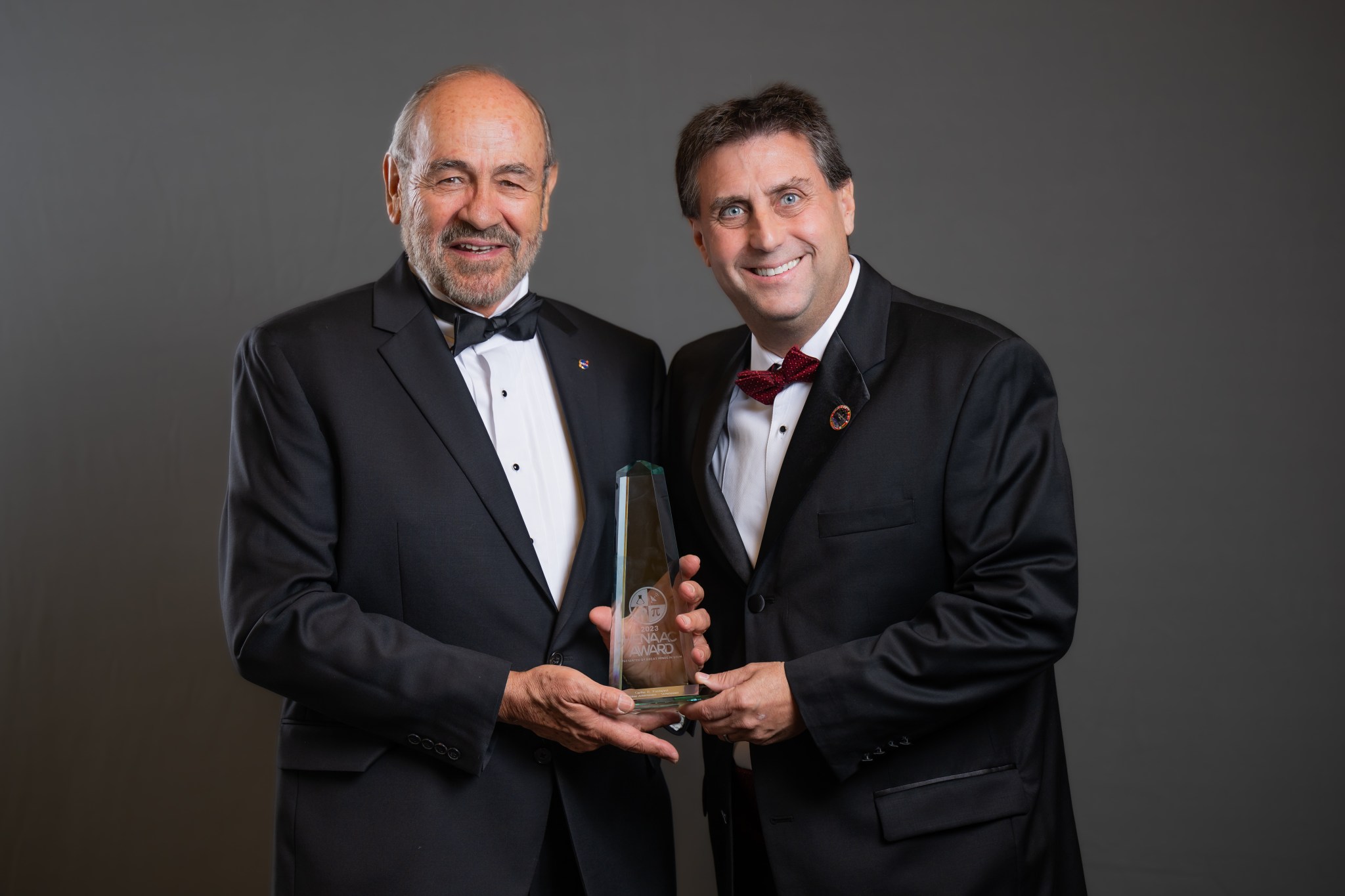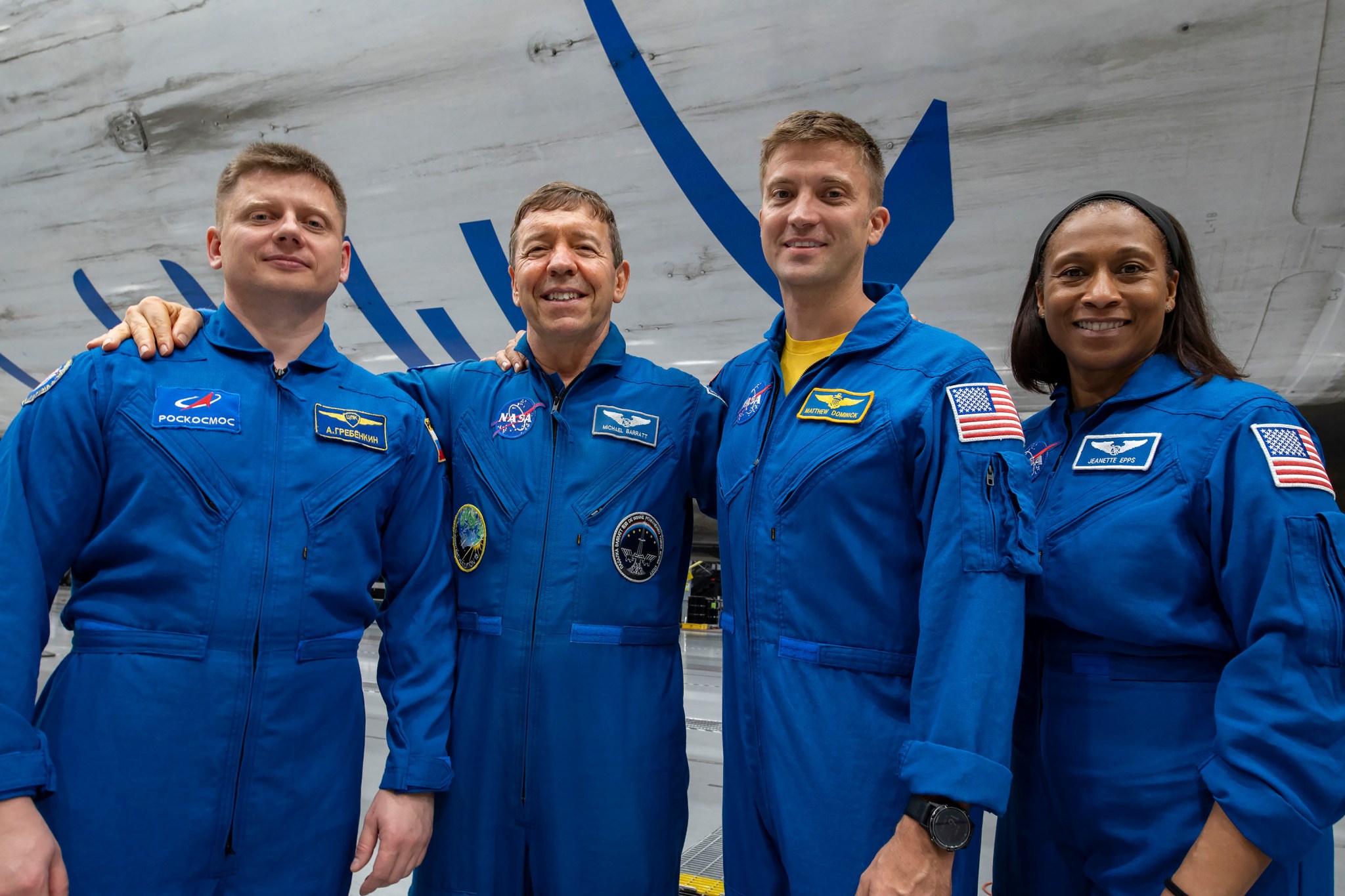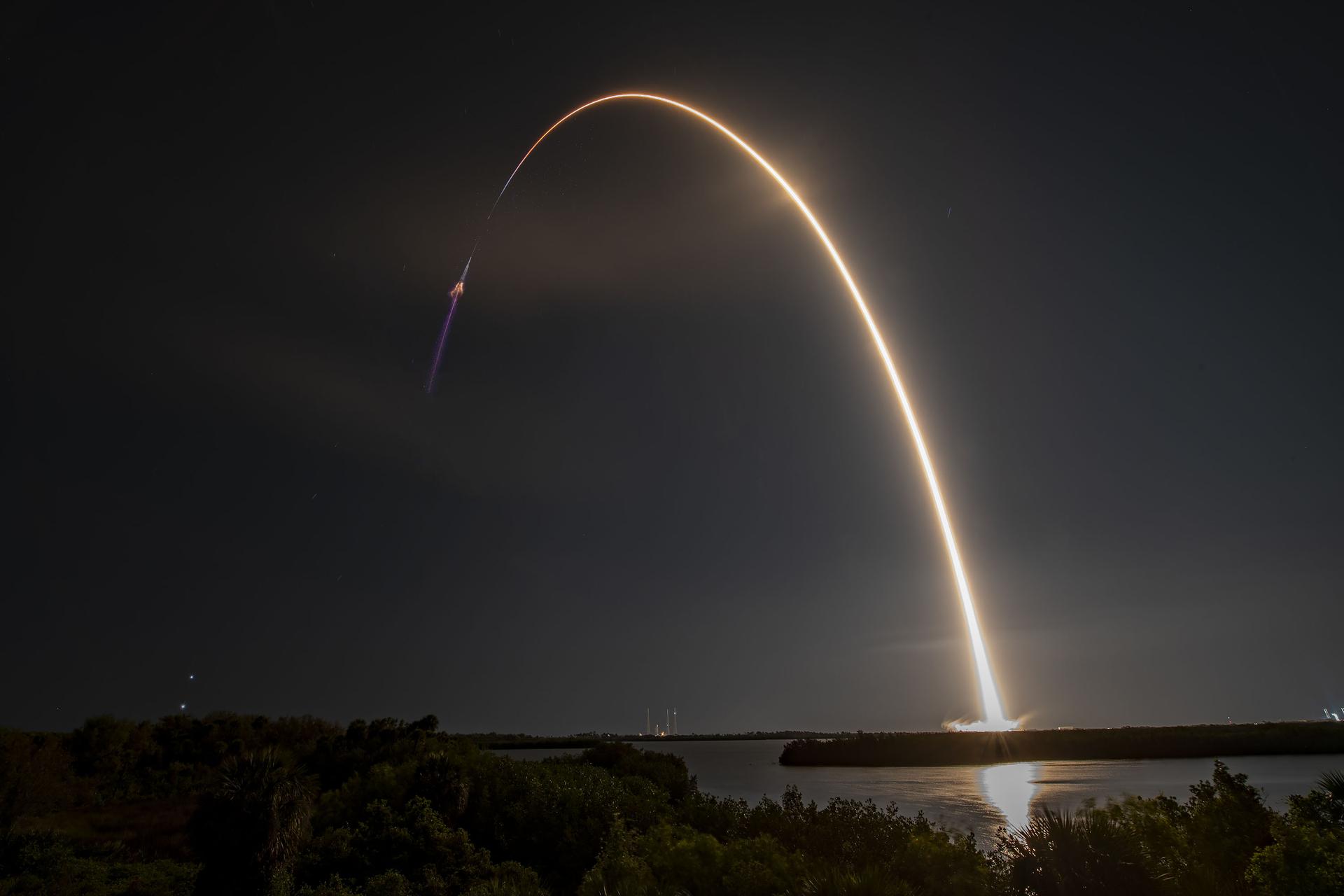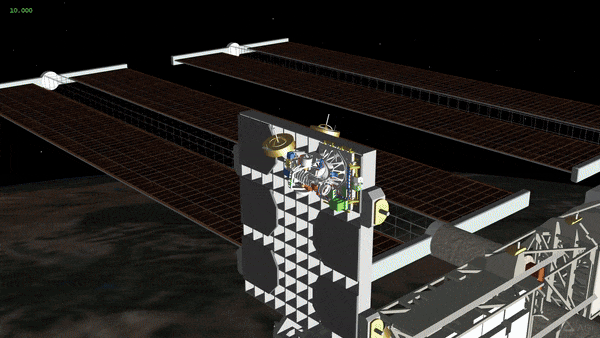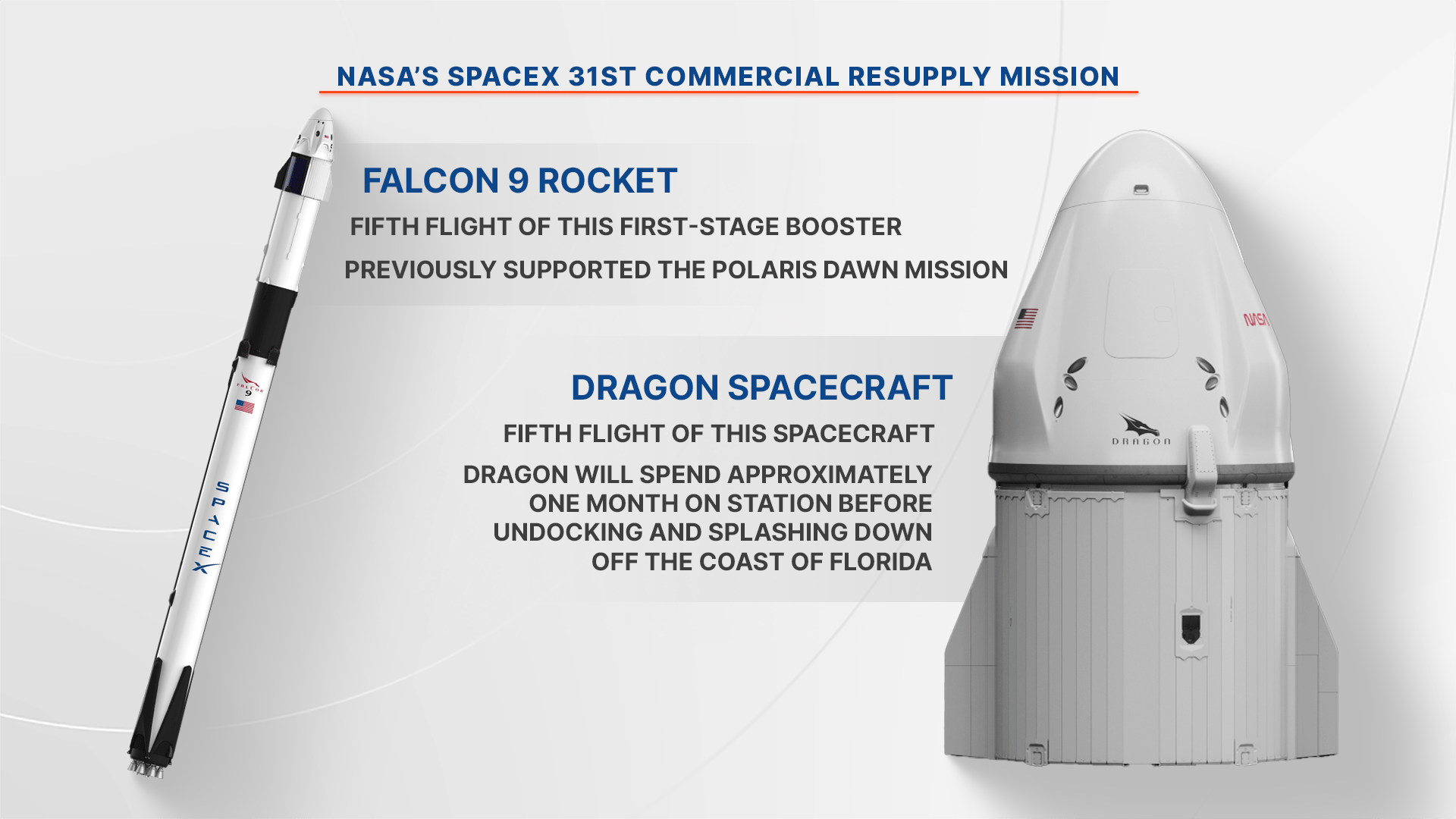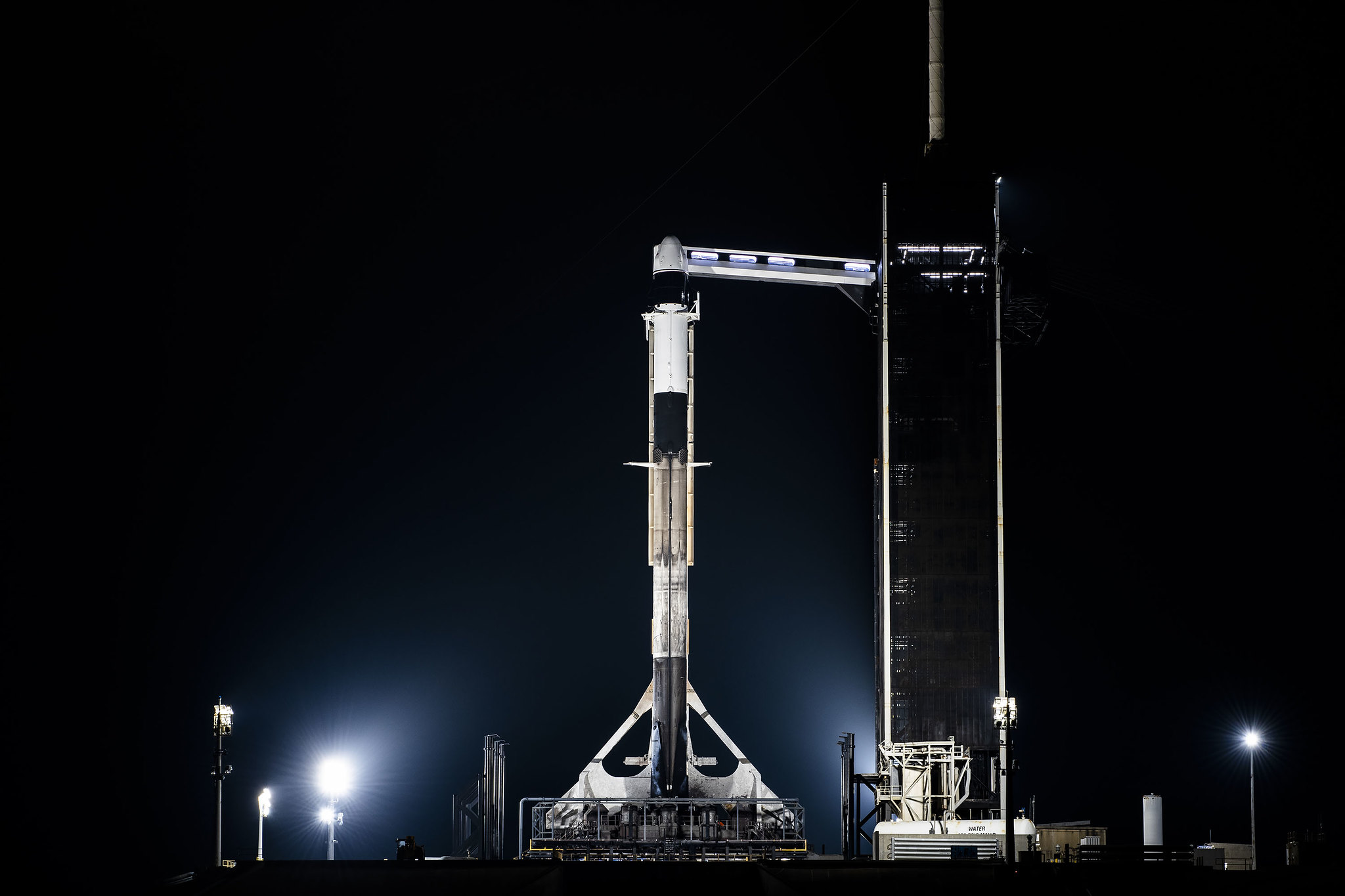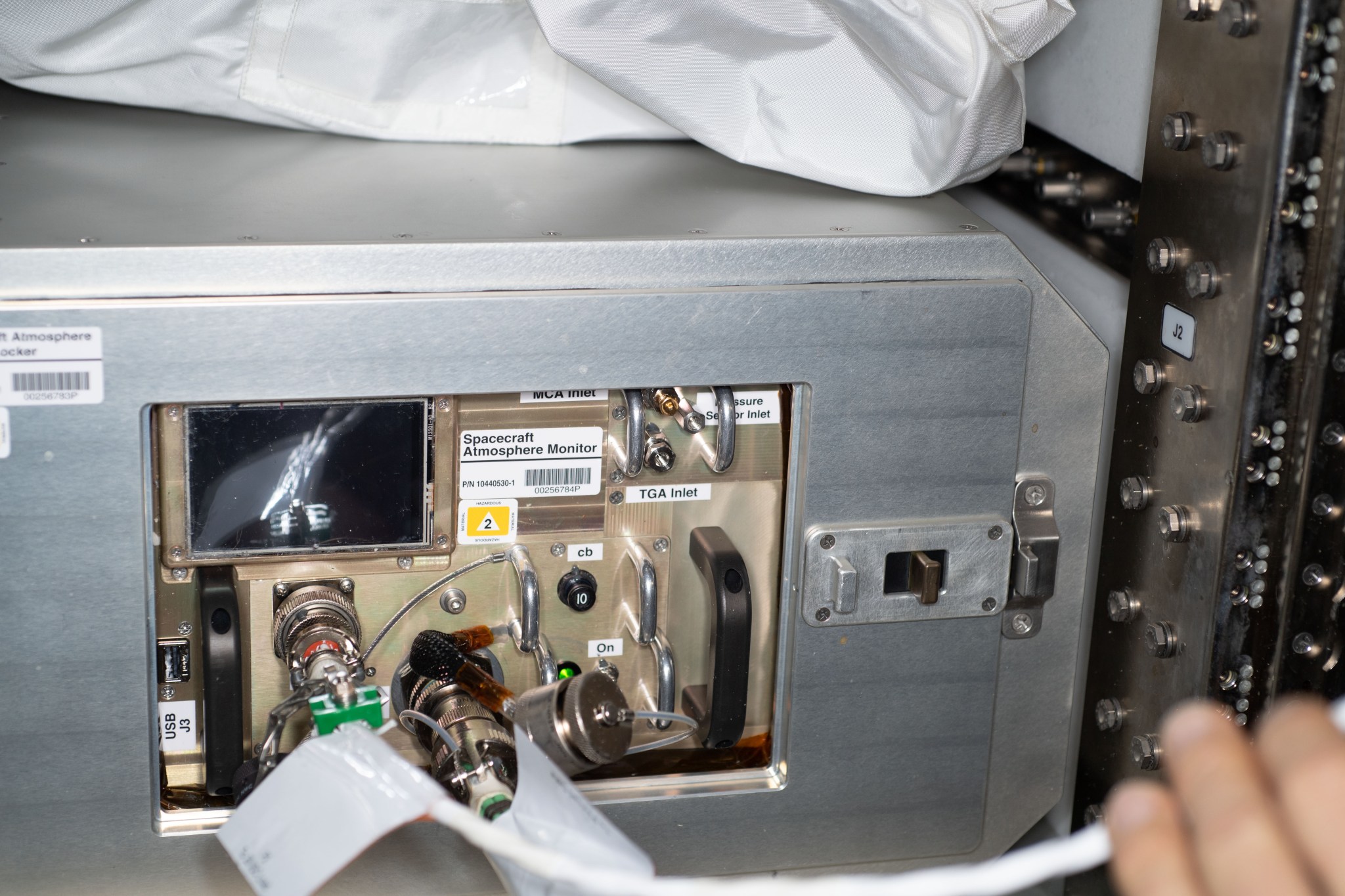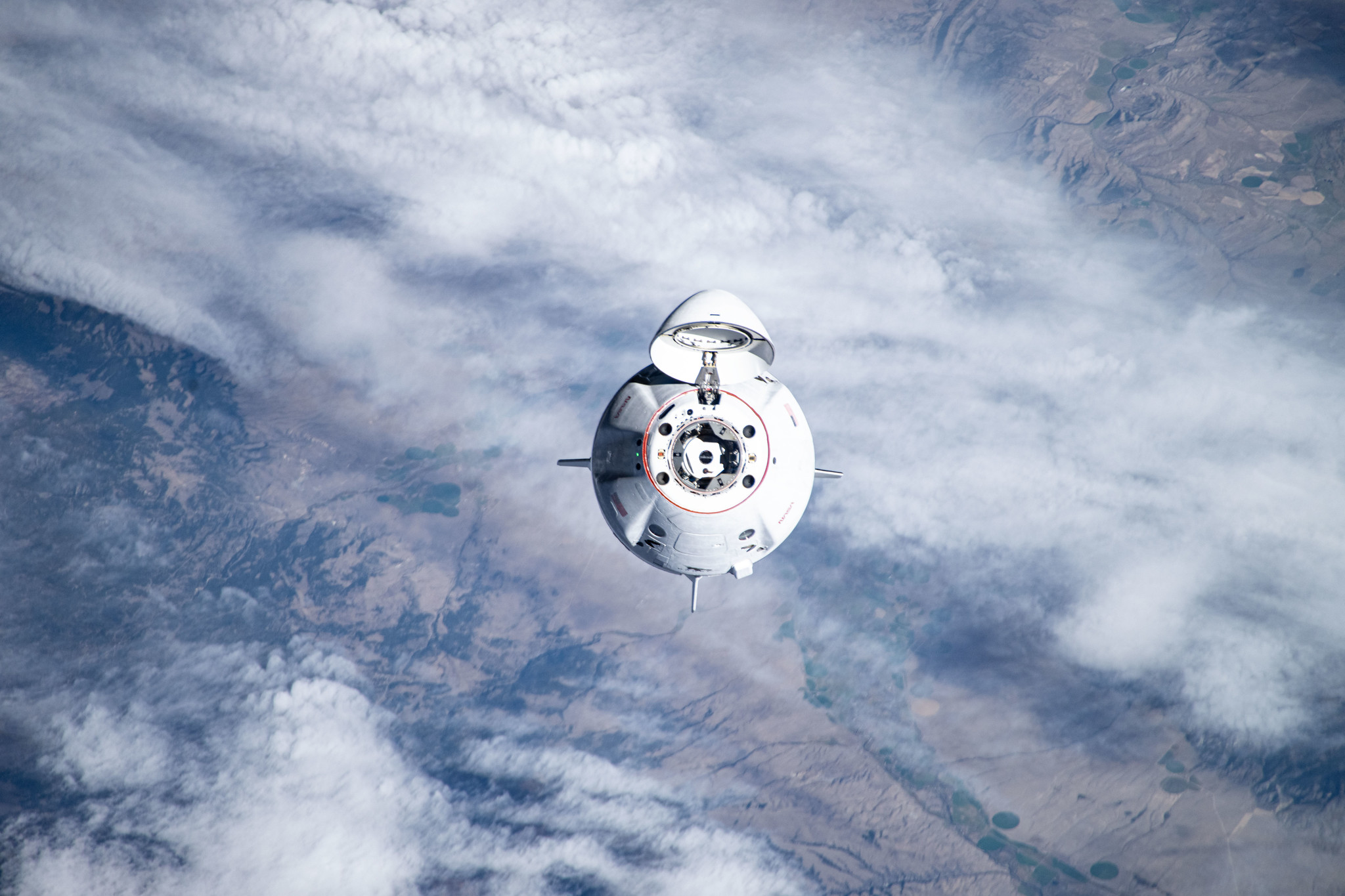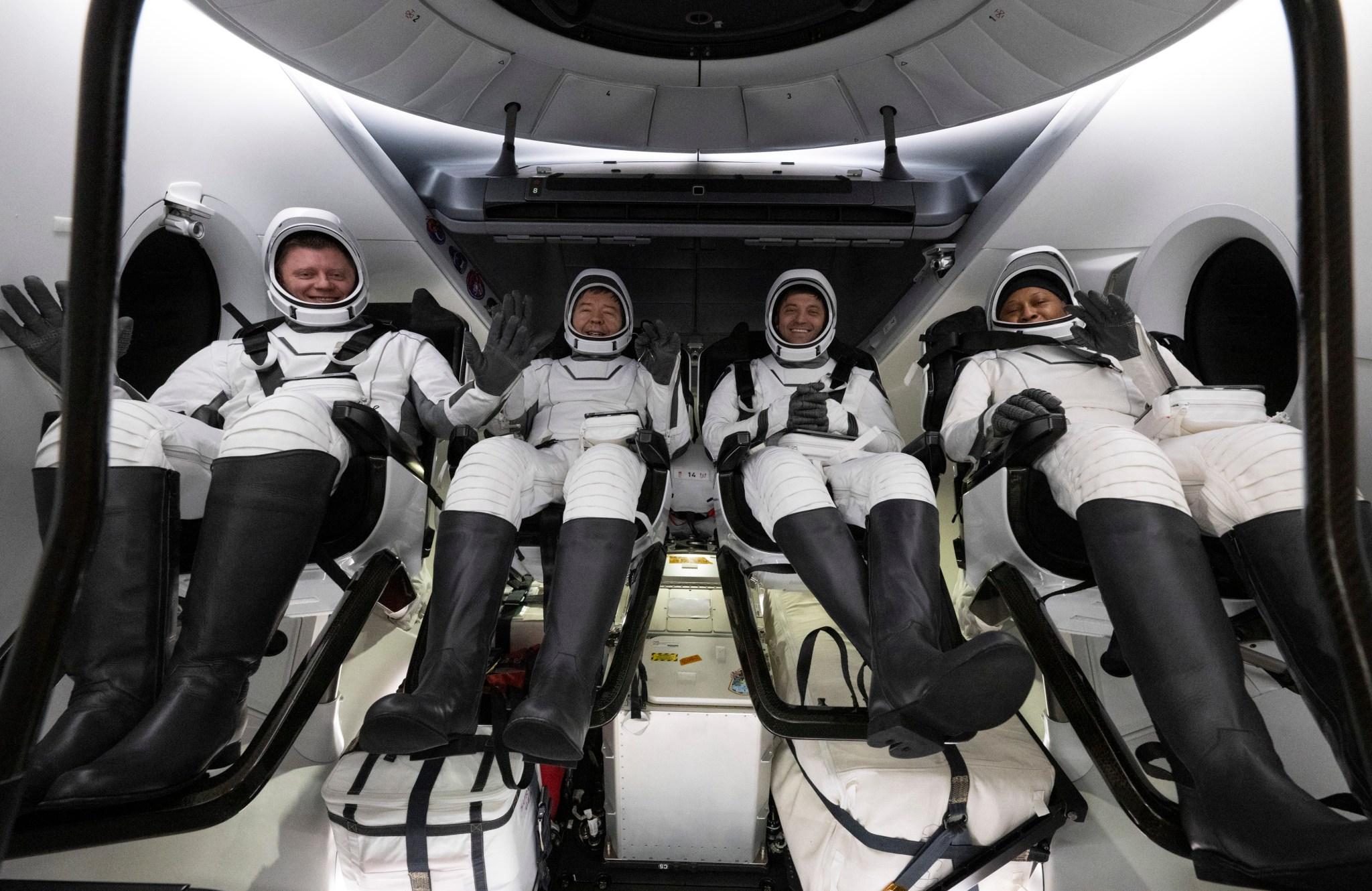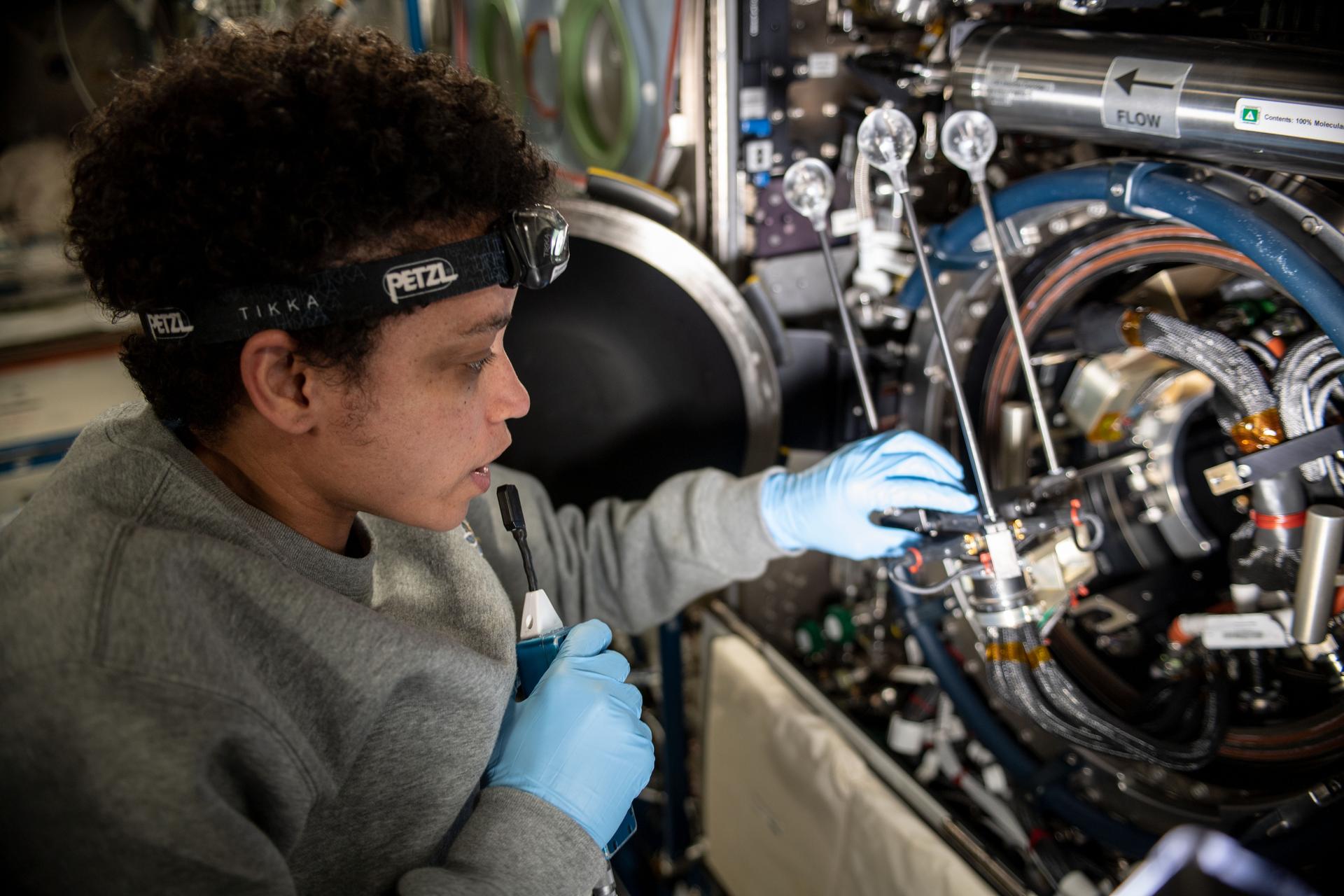Born and raised in Mexico City, Carlos Fontanot has dedicated 34 years to NASA. He supports the International Space Station Mission Integration and Operations Office, ensuring that high-quality imagery enhances mission objectives and operations. Fontanot is known for conceiving and leading the High Definition Earth Viewing (HDEV) project, which has brought stunning live visuals of Earth to millions around the globe. As he approaches his well-deserved retirement, we are excited to spotlight Fontanot’s remarkable career, celebrating his contributions to NASA and the lasting impact he has made on the agency’s…
Read MoreTag: International Space Station (ISS)
NASA’s SpaceX Crew-8 Astronauts to Discuss Science Mission
NASA’s SpaceX Crew-8 at the agency’s Kennedy Space Center in Florida. Pictured left to right, Roscosmos cosmonaut Alexander Grebenkin, NASA astronauts Michael Barratt, Matthew Dominick, and Jeanette Epps. Credit: SpaceX After spending 235 days in space, NASA’s SpaceX Crew-8 astronauts will discuss their science mission aboard the International Space Station during a post-flight news conference at 3:15 p.m. EST Friday, Nov. 8, from the agency’s Johnson Space Center in Houston. NASA astronauts Michael Barratt, Matthew Dominick, and Jeanette Epps will answer questions about their mission. The three crew members, along…
Read MoreNASA Offers Virtual Activities for 31st SpaceX Resupply Mission
Creating a golden streak in the night sky, a SpaceX Falcon 9 rocket soars upward after liftoff from Launch Complex 39A at NASA’s Kennedy Space Center in Florida on March 14, 2023, on the company’s 27th Commercial Resupply Services mission for the agency to the International Space Station. SpaceX NASA invites the public to participate in virtual activities ahead of the launch of SpaceX’s 31st commercial resupply services mission for the agency. NASA and SpaceX are targeting 9:29 p.m. EST Monday, Nov. 4, for the SpaceX Dragon spacecraft to launch…
Read MoreNASA to Launch Innovative Solar Coronagraph to Space Station
5 min read NASA to Launch Innovative Solar Coronagraph to Space Station NASA’s Coronal Diagnostic Experiment (CODEX) is ready to launch to the International Space Station to reveal new details about the solar wind including its origin and its evolution. Launching in November 2024 aboard SpaceX’s 31st commercial resupply services mission, CODEX will be robotically installed on the exterior of the space station. As a solar coronagraph, CODEX will block out the bright light from the Sun’s surface to better see details in the Sun’s outer atmosphere, or corona. In…
Read MoreNASA, SpaceX 31st Commercial Resupply Mission Overview
NASA and SpaceX are targeting no earlier than 9:29 p.m. EST on Monday, Nov. 4, for the next launch to deliver scientific investigations, supplies, and equipment to the International Space Station. Filled with more than 6,000 pounds of supplies, the SpaceX Dragon cargo spacecraft, on the company’s Falcon 9 rocket, will launch from Launch Complex 39A at NASA’s Kennedy Space Center in Florida. This launch is the 31st SpaceX commercial resupply services mission to the orbital laboratory for the agency, and the 11th SpaceX launch under the Commercial Resupply Services-2…
Read MoreNASA Sets Coverage for SpaceX 31st Station Resupply Launch, Arrival
The SpaceX Dragon spacecraft, pictured on March 13, 2023, carried on the company’s Falcon 9 rocket, will launch from Launch Complex 39A at NASA’s Kennedy Space Center in Florida for the agency’s SpaceX 31st commercial resupply services mission to the International Space Station. Credit: SpaceX NASA and SpaceX are targeting 9:29 p.m. EST, Monday, Nov. 4, for the next launch to deliver science investigations, supplies, and equipment to the International Space Station. This is the 31st SpaceX commercial resupply services mission to the orbital laboratory for the agency. Filled with…
Read MoreStation Science Top News: Oct. 25, 2024
Better Monitoring of the Air Astronauts Breathe Ten weeks of operations showed that a second version of the Spacecraft Atmosphere Monitor is sensitive enough to determine variations in the composition of cabin air inside the International Space Station. Volatile organic compounds and particulates in cabin air could pose a health risk for crew members, and this device increases the speed and accuracy of assessing such risk. Spacecraft Atmosphere Monitor is a miniaturized gas chromatograph mass spectrometer used to analyze the air inside the space station and ensure that it is safe for the…
Read MoreNASA Sets Coverage for its SpaceX Crew-9 Dragon Station Relocation
The SpaceX Dragon spacecraft carrying NASA astronaut Nick Hague and Roscosmos cosmonaut Aleksandr Gorbunov approaches the International Space Station as it orbits 259 miles above Oregon. Credit: NASA In preparation for the arrival of NASA’s SpaceX 31st commercial resupply services mission, four crew members aboard the International Space Station will relocate the agency’s SpaceX Crew-9 Dragon spacecraft to a different docking port Sunday, Nov. 3. Live coverage begins at 6:15 a.m. EST on NASA+ and will end shortly after docking. Learn how to watch NASA content through a variety of platforms, including…
Read MoreBack on Earth: NASA’s SpaceX Crew-8 Mission Splashes Down Off Florida
NASA’s SpaceX Crew-8 members, from left to right, Roscosmos cosmonaut Alexander Grebenkin and NASA astronauts Michael Barratt, Matthew Dominick, and Jeanette Epps, are seen inside the Dragon spacecraft shortly after having landed off the coast of Pensacola, Florida, on Oct. 25, 2024. Credit: NASA/Joel Kowsky NASA’s SpaceX Crew-8 mission successfully splashed down at 3:29 a.m. EDT Friday, off Pensacola, Florida, concluding a nearly eight-month science mission and the agency’s eighth commercial crew rotation mission to the International Space Station. After launching March 3 on a SpaceX Falcon 9 rocket…
Read MoreNASA Science on Health, Safety to Launch on 31st SpaceX Resupply Mission
5 min read NASA Science on Health, Safety to Launch on 31st SpaceX Resupply Mission New science experiments for NASA are set to launch aboard the agency’s SpaceX 31st commercial resupply services mission to the International Space Station. The six investigations aim to contribute to cutting-edge discoveries by NASA scientists and research teams. The SpaceX Dragon spacecraft will liftoff aboard the company’s Falcon 9 rocket from Launch Complex 39A at NASA’s Kennedy Space Center in Florida. Science experiments aboard the spacecraft include a test to study smothering fires in space,…
Read More